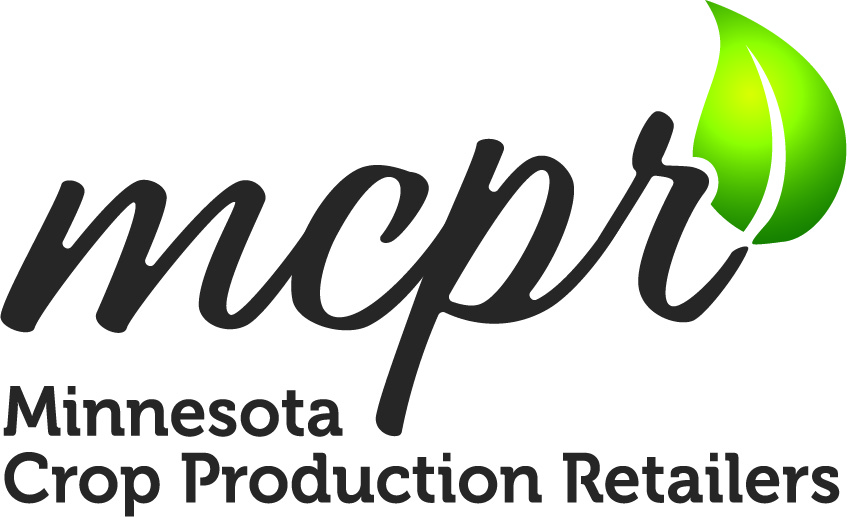‘Still ongoing’: Planting neither swift nor easy for much of Minnesota
As the calendar flips to June, the vastness of planting progress in Minnesota is about as wide as the state itself. Minnesota Crop Production Retailers (MCPR) board members gave us some insight on how their region stands on planting progress.
In the southeast region of Minnesota, farmers enjoyed an early spring with fertilizer being applied as early as mid-March.
“There were three planting windows that farmers got most of their crop in: mid-April, later April and then in May,” said Doug Becher, retail sales agronomist with Brevant Seeds and a seed representative on the MCPR board.
Becher estimates that about 95-98 percent of corn and 90-95 percent of soybeans are planted in his region. Some have been replanted due to cold and precipitation, and recent hailstorms will cause some beans to be replanted.
This region is a bit ahead of the entire state’s average, according to the May 28 USDA National Agricultural Statistics Service (NASS) Crop Progress & Condition Report. Corn planted was at 89 percent, with 85 percent emerge. Seventy-two percent of soybeans are planted, with 31 percent emerged. These numbers are a day or two behind last year’s progress but a few days ahead of the five-year average. Small grains planted are ahead of last year and the five-year average, with 90 percent barley, 95 percent of oats and 96 percent of wheat planted in the state.
Weekly rain events and wind have made herbicide applications challenging for farmers in the western Minnesota, reports BASF Business Representative David Voller.
“Most of the emerged crop is very good but farmers are still trying to finish soybean planting. A few areas will have some Prevented Plant acres,” said Voller, who also serves on the MCPR board as a crop protection representative. “Dry bean planting is still ongoing.”
Central Minnesota has experienced similar wet conditions, where MCPR Director Andy Oeding of Nutrien resides. The wet conditions affect the ability to plant and will continue to cause problems for crops establishing stand and for growers trying to get into fields to control weeds, sidedress nitrogen and/or cut their first crop of alfalfa. Oeding expects some, but hopefully limited, acres of PP in his area.
Although Mother Nature has already presented challenges for Minnesota farmers, growers remain optimistic for a successful 2024 growing season.
